What is Low-Code Development?
When it comes to digitizing your business, low-code platforms are ideal. They are simple for employees to learn, reduce digitization costs, and alleviate a developer's workload.
Read on to discover when it it is best to use low-code for your business.
Low-code platforms include pre-coded modules and a drag-and-drop interface that employees with minimal coding experience can use to build desired features. For development projects that require a bit more customization, a professional developer can add custom coding to modify modules or change how they interact. In general, though, the low-code approach necessitates that developers write fewer lines of code.
When a company or software developer must choose between low-code development platforms and traditional development, it is easy to fall into an either/or mindset.
In reality, throughout the development process, a combination of low code development tools and hand coding is used. While the low code and traditional development approaches are distinct, they frequently complement one another.
What are the Benefits of Low-Code?
Rapid application development is clearly faster than traditional programming, especially for experienced programmers. Building applications takes less time with prebuilt coding building blocks because developers developers have to write drastically fewer lines of code.
As a result, developers can devote their time to more complex, higher priority projects. In fact, due to its simplicity, regular employees without programming skills can also facilitate the development of applications. These individuals are known as citizen developers. This is because they typically lack the programming skills of professional developers while having a basic understanding of application design and functionality. This allows them to take on less complex app projects, increasing the efficiency of a company.

What is Low-Code Good For?

Using low-code software development platforms, business organizations can produce a wide range of apps. Applications for the engineering, manufacturing, and other remote-working industries are some examples. Reservation administration for the hotel business, order quote generation for the retail sector, and other minor transactional systems are others. There are some niche categories through which low-code functions best:
Small-Scale automation
Low-code tools are also used by businesses for minimal automation. Professional developers are better equipped to automate complex company routines and processes. To automate simpler operations, citizen developers can create mobile, online, and desktop apps. Low-code solutions, similar to sophisticated robotic process automation, can increase productivity by tapping into databases, email, and other systems and eliminating the monotony
of manual chores.
Automating Mundane Tasks For Different Industries
Low-code works well to expedite everyday tasks throughout a hectic workday. Using office productivity technologies like word processing, spreadsheets, and electronic filing cabinets is part of this. Low-code has been successful for businesses across numerous industries. Take the marketing and advertising company Dentsu as an example. They trained hundreds of people on low-code and no-code tools. One of their operations analysts applied the program to
automate email notifications of overdue timesheets.
Low-Code Solutions with Sophisticated Machine Learning Capacities
Enterprises can also use low-code solutions for analytics. Using low-code platforms, businesses can produce attractive, helpful, and insightful visual analytics to assist decision-making.
Some solutions are able to offer insights through text and even via a voice-based chat interface. Today, vendors are introducing low-code/no-code technologies with predictive analytics and machine learning capabilities. This provides data scientists with a set of automated steps to follow to build models that fit a training dataset.
Technology product developers can build applications that support configuration and device setup. Nontechnical employees (business users) can create software that facilities configuration and setup for basic software.
Why are Low-Code Platforms Important?
More businesses are adopting low-code platforms because of the increased need for business applications and digital transformation. Moreover, IT teams are under more pressure to keep up with the demand to deliver custom solutions to ease the burden of front-line teams. Low-code solutions help to increase efficiency and productivity. They also improve accuracy and decrease costly mistakes.
Reduces Development Times By 50%- 90%
Low-code development saves tons of development hours. Citizen developers can use low-code platforms to build custom applications. Drag-and-drop components, pre-built components templates, and point-and-click editors speed up app development. Instead of it taking months, it takes weeks and even days to create
solutions.
Fewer Maintenance Issues
Developers can save time by using pre-built modules instead of hand coding. As a result, this saves time and keeps applications running smoothly.
Increases Prototype Speed
Low-code platforms enable developers to use Rapid Application Development to send prototypes to end users without needing to build a complete product.

Minimizes Costs
Low code development reduces the costs of application development, workflow automation, and system integration. It also minimizes the strain on IT resources and saves money on traditional
development issues.
What can you do with low-code?

Using low-code platforms. business can build a wide range of solutions. Instead of writing code by hand to create an app from scratch, they can use a low-code platform’s pre-built code components to create solutions. Here are some examples of low-code usage:
On-Boarding Low-Code Applications
Low-code platforms allow HR employees to use pre-built elements to build onboarding apps for any online or in-person setting. HR employees can also add new features, as they need to accommodate business requirements or policy changes.
Online Banking Applications
Financial businesses such as banks can use low-code platforms to create web or mobile apps. Low-code solutions offer repeatable and adaptable display layouts and UI designs to build additional applications. Solutions increase accessibility for their customers, enabling them to improve customer satisfaction.
Data Collection Field Applications
Businesses in the construction, manufacturing, and other sectors can build inspection applications with easy user interfaces that work online or offline. These solutions are especially helpful for employees who collect or record data where there is either no cell or internet connection.
Web-Based Customer Portals
Web-based self-service portals improve customer experience by allowing them to perform routine tasks like finding services, paying bills, getting quotes, and more. Low-code tools enable citizen developers and professional developers to collaborate to build customer portals with user-friendly interfaces. Businesses can also create an interface once and then reuse it for a variety of purposes and devices.
SaaS Solutions
Most businesses' main offerings are either physical products, online services, or a mix of both. Software plays a critical role for all enterprises. Low-code platforms enable companies to leverage years of industry and customer knowledge to create SaaS applications that not only improve products and services but can also be sold as standalone or add-on software solutions. These solutions help create new revenue streams for businesses, while also assisting in the capture of new markets.
How Do You Use a Low-Code Platform?
Businesses can use low-code platforms for a variety of purposes. Employees who are not professional developers can create solutions to digitize manual and paper-based processes.
Ease Digitization
Low-code platforms are also used to update legacy systems, assist organizations in accelerating their digital transformation, streamline their cloud migration, or support IoT and artificial intelligence technologies.

Think about which of your processes would be better if they were digital!
Create Well-Connected, Team-Oriented Work Environments
Businesses that have gone digital outperform their non-digital counterparts in terms of improved
communication, collaboration, and business process automation. This often results in providing
better customer experiences. Low-code tools are an excellent place to start when it comes to enabling a well-connected, team-oriented digital work environment and culture.
Democratizing App Development
Furthermore, employees working in offices, factory floors, or remotely can create business apps
to automate workflows, solve problems, and improve the efficiency of remedial tasks. Companies can also develop customer engagement apps.
Case Study Showing the Power of Low-Code

Knectsoft specializes in enterprise software development, with a particular emphasis on Software as a Service Solutions.
It also offers website development, custom software development, cloud hosting, software integration, and other services.
The company used Alpha Anywhere to build a mobile expense-tracking app and quickly deploy it on various platforms. The speed of the development platform allowed them to save both time and money.
Below are examples of some of the apps our partners have created using low-code. These apps have primarily served the purpose of digitizing their paper processes to increase efficiency.
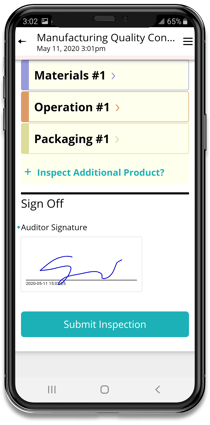

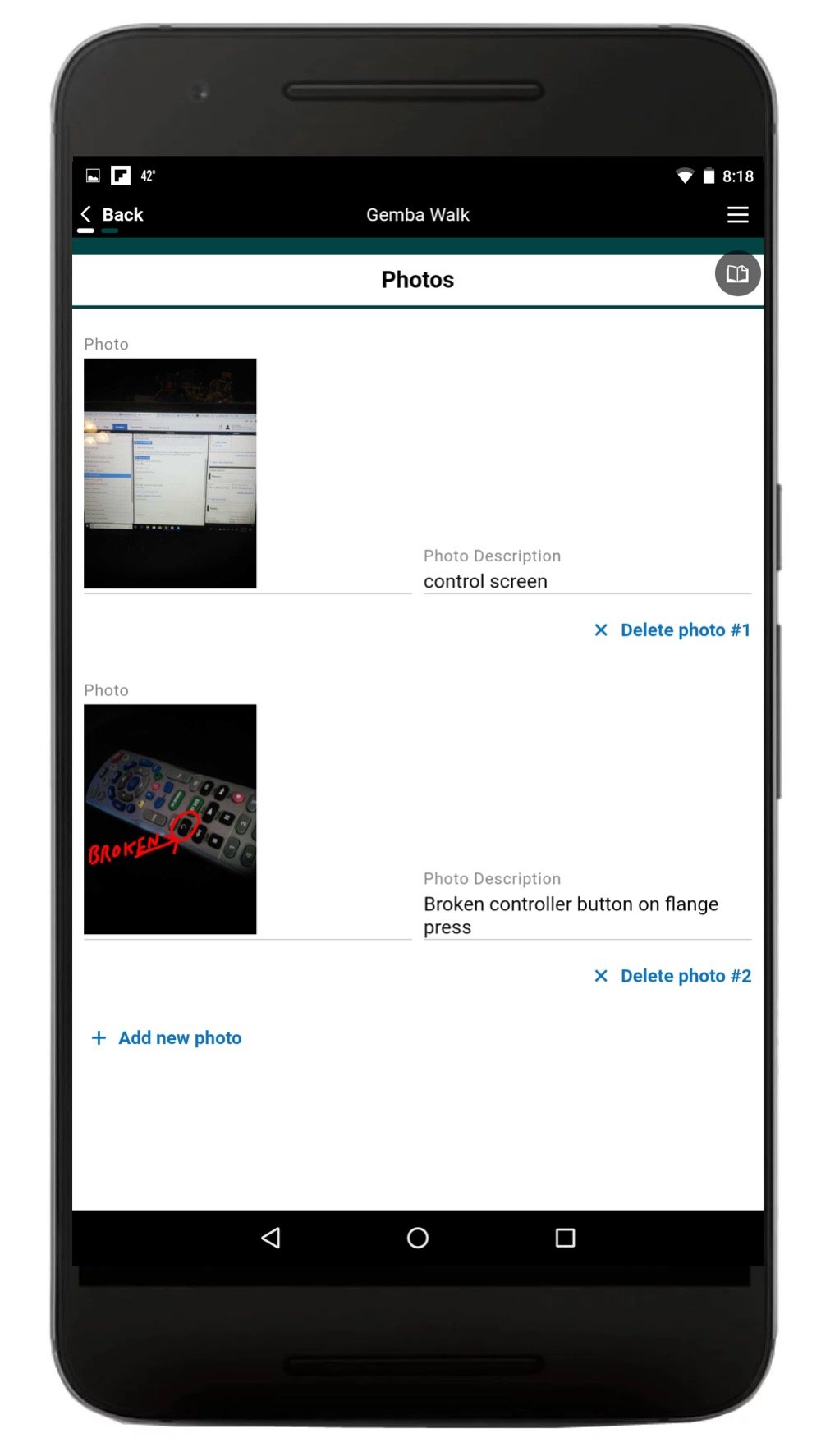
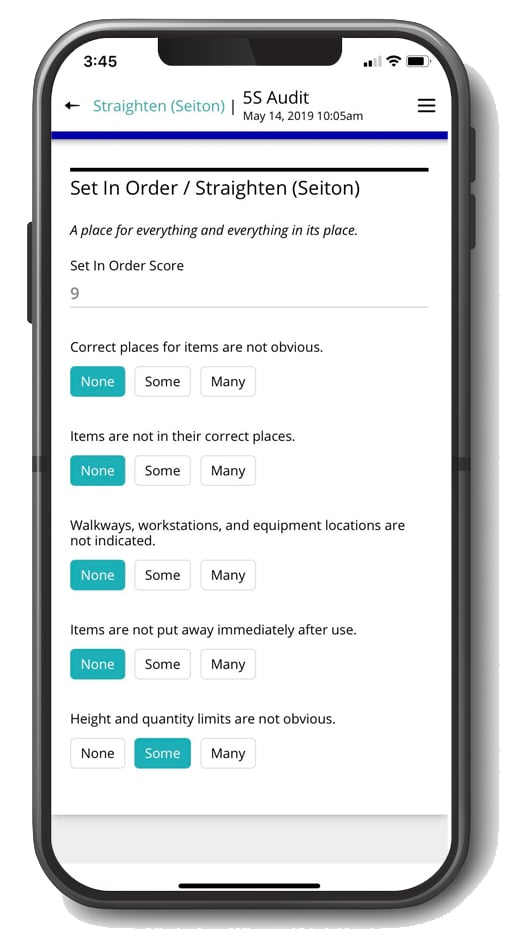

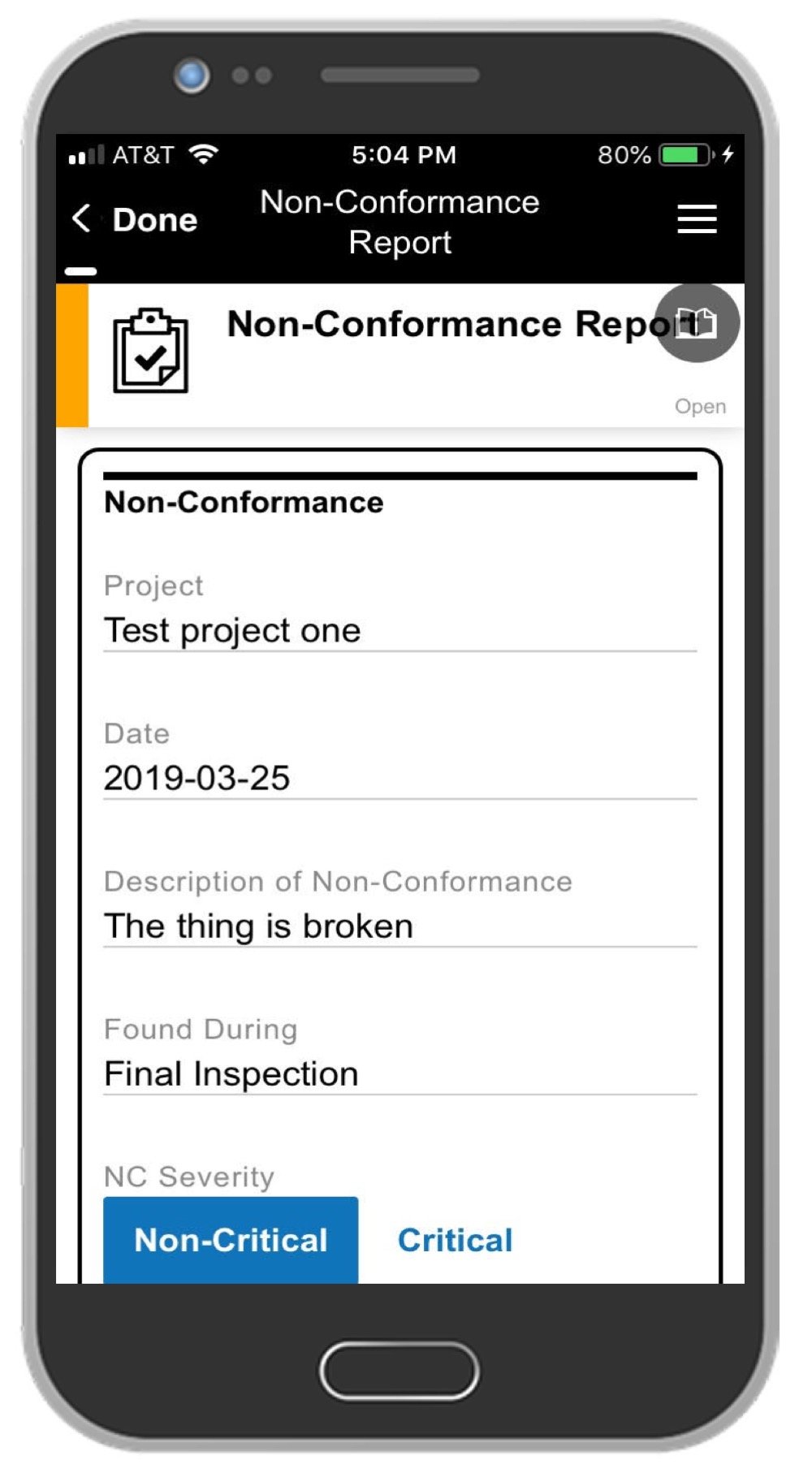
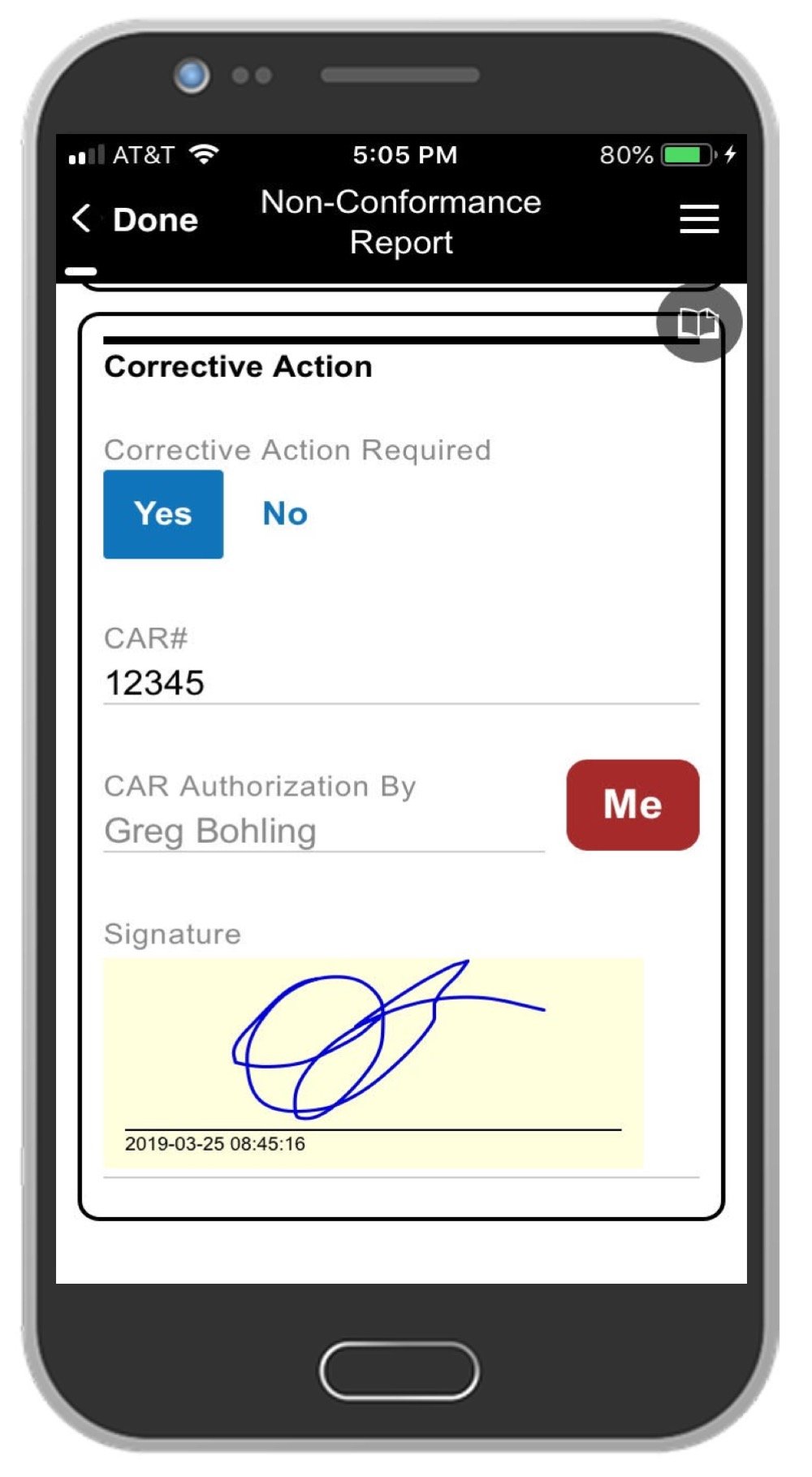
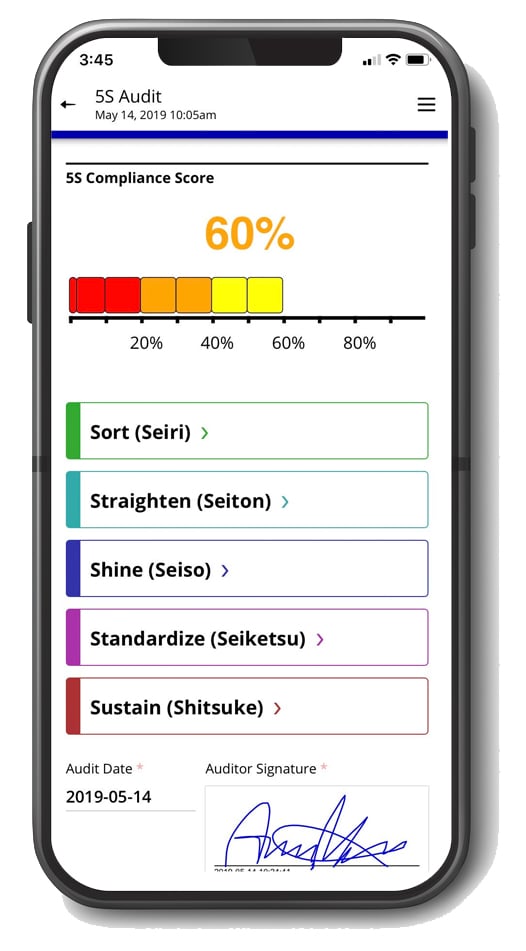
The time is now to learn what low-code platforms can achieve for your company. Practically anyone can utilize low-code tools because they are simple to learn and use. Building your own solutions is even more crucial as the value of software to enterprises increases.
The Alpha platform is the only unified mobile and web app development and deployment environment with distinct “no-code” and “low-code” components. Using the Alpha TransForm no-code product, business users and developers can take full advantage of all the capabilities of the smartphone to turn any form into a mobile app in minutes, and power users can add advanced app functionality with Alpha TransForm's built-in programming language. IT developers can use the Alpha Anywhere low-code environment to develop complex web or mobile business apps from scratch, integrate data with existing systems of record and workflows (including data collected via Alpha TransForm), and add additional security or authentication requirements to protect corporate data.
Alpha Software Corporation, based in Massachusetts, produces award-winning software that speeds mobile and web app development and deployment for business and IT. The core technology includes two components. Alpha Anywhere®, a full-stack low-code app development platform for building and deploying web and mobile apps. In just hours, Alpha TransForm® turns complex paper forms into powerful mobile forms that speed data collection.
Alpha Software is an InfoWorld Technology of the Year award winner, and scores near-perfect reviews from customers on crowdsourced review sites.
Customers rate Alpha Software highly for its speed of development, flexibility, offline apps, rich feature set and ability to scale predictably. For more information, visit https://www.alphasoftware.com/